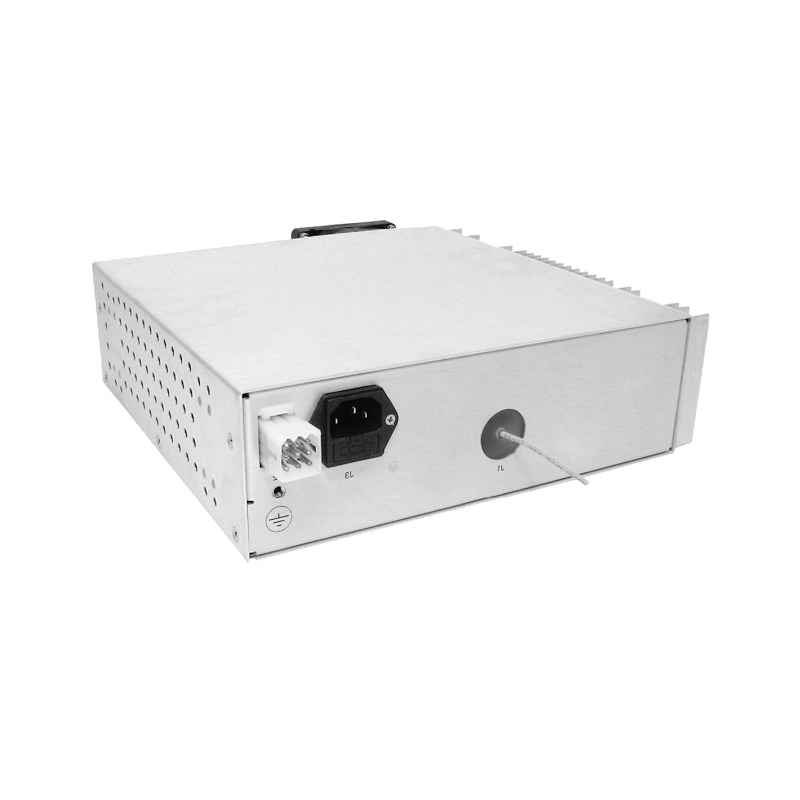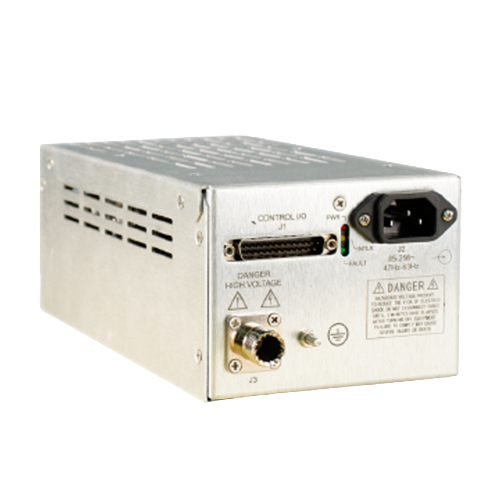Response Time of High Voltage Power Supply for Channel Electron Multiplier
In many cutting edge fields that rely on highly sensitive electron detection, such as mass spectrometry, extremely weak light detection, and space particle detection, the Channel Electron Multiplier (CEM) plays an indispensable role. The response time of the high voltage power supply for the channel electron multiplier, as a key parameter affecting its overall performance, is receiving increasing attention.
The working principle of the channel electron multiplier is based on the secondary electron emission process. When incident particles (such as photons, ions, etc.) strike the input surface of the multiplier, initial electrons are generated. These electrons are accelerated under the electric field in the channel, strike the channel wall to generate secondary electrons, and the secondary electrons continue to be accelerated and strike in the electric field, forming an electron avalanche, and finally a detectable electrical signal is generated at the output end. The high voltage power supply provides a stable and high intensity electric field for this process, and its response time directly affects the timeliness and accuracy of the electron multiplication process.
The response time refers to the time required for the high voltage power supply to reach a stable output voltage value after the input signal changes. For the channel electron multiplier, a fast response time is crucial. In practical applications, for example, in mass spectrometry, the ion beam generated after sample ionization is discrete and rapidly changing. If the response time of the high voltage power supply is too long, when the ions reach the channel electron multiplier, the electric field may not have reached the optimal working state, resulting in insufficient acceleration of the initial electrons and a decrease in the efficiency of secondary electron generation, ultimately affecting the detection sensitivity and resolution of the signal. Similarly, in extremely weak light detection, the arrival of photons is random and short lived. If the high voltage power supply cannot respond quickly, it may miss the effective capture of weak light signals, resulting in signal loss.
To optimize the response time of the high voltage power supply for the channel electron multiplier, from the circuit design level, the use of high speed response power devices and advanced control algorithms is the key. High speed power devices can quickly switch working states and reduce the delay in voltage adjustment. At the same time, the control algorithm based on an intelligent feedback mechanism can monitor the output voltage in real time and quickly adjust according to changes in the input signal to ensure that the voltage can be stabilized in the shortest possible time. In terms of the structural design of the power supply, reducing the parasitic parameters of the circuit is also very important. Parasitic inductance and capacitance will impede the rapid change of voltage. By optimizing the circuit board layout and using components with low parasitic parameters, these adverse effects can be effectively reduced, and the response speed of the power supply can be accelerated.
In addition, optimizing the heat dissipation design of the high voltage power supply also helps to improve the response time. Under high voltage working conditions, the power devices inside the power supply generate a large amount of heat. If the heat dissipation is not timely, the performance of the devices will decline, resulting in a longer response time. An efficient heat dissipation system can ensure that the power devices work within a stable temperature range and maintain their ability to respond quickly.
In conclusion, the response time of the high voltage power supply for the channel electron multiplier has a profound impact on its application performance in various fields. Through measures such as circuit design optimization, reduction of parasitic parameters, and improvement of heat dissipation, the response time can be effectively shortened, the detection ability of the channel electron multiplier can be enhanced, and strong support can be provided for the technological development of related fields.




















